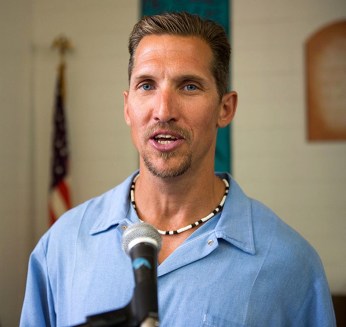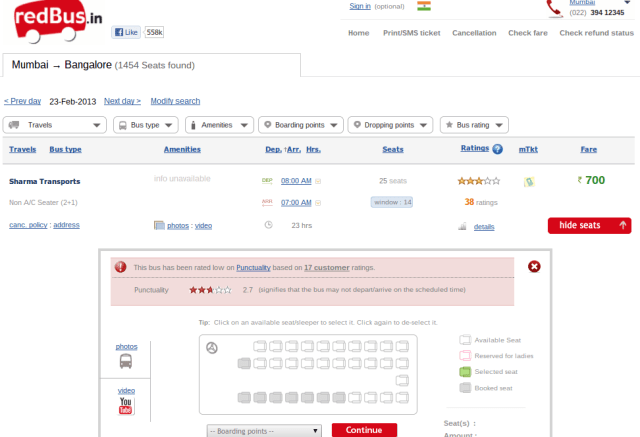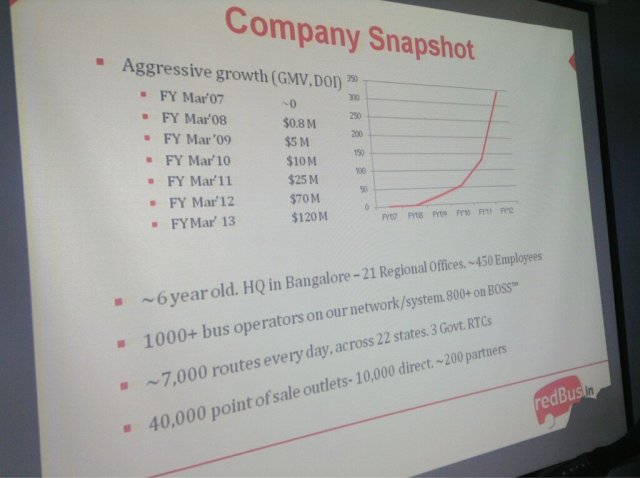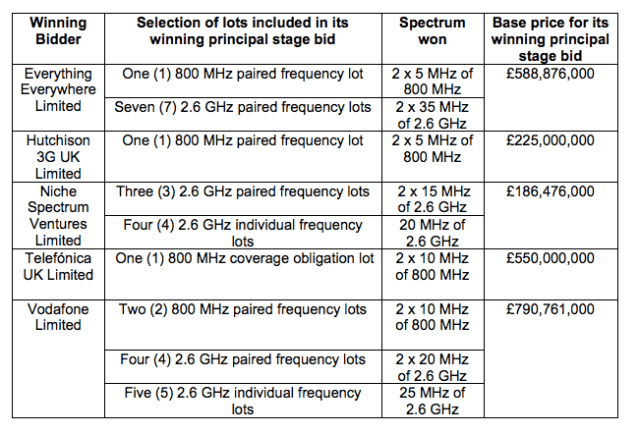Editor’s note: Dave Chase is the CEO of Avado.com, a patient portal and relationship management company that was a TechCrunch Disrupt finalist. Previously he was a management consultant for Accenture’s healthcare practice and founder of Microsoft’s $2 billion health platform business. You can follow him on Twitter @chasedave.
For the first time, the federal government has provided large financial incentives to share one’s health data between authorized healthcare providers and with patient themselves to facilitate patient engagement. In the past, there was a disincentive for providers to share information outside of their silo. This has been a central reason why healthcare has been a technology backwater.
Technology monocultures can thrive in the old silo’ed environment. A recent decision has created a strong new incentive for providers that has the byproduct of opening up opportunities for startups that didn’t exist before creating a more diverse ecosystem of interoperable web services. The recent rulings are one of the key technology enablers for healthcare’s trillion-dollar disruption.
“The bible of health policy†(Health Affairs) devotes this month’s publication to the “New Era of Patient Engagement.†The reason is patient engagement has been called the blockbuster drug of the century for its profound impact on improving health outcomes. Patient engagement is defined as “actions that people take for their health and to benefit from care.â€Â Combining patient engagement with other proven approaches such as choice architecture (the way in which decisions may and can be influenced by how the choices are presented in order to influence the outcome â€" see Wikipedia for more) can dramatically improve health outcomes.
Evidence is overwhelming that healthcare providers who engage with their patients and caregivers have far better outcomes (e.g. 73 percent to 88 percent reduction in mortality). A big move just announced by the government provides further evidence of patient engagement moving mainstream, creating demands for new software and opportunity that is without precedent in healthcare.
The nation’s “healthIT czar†(Dr. Farzad Mostashari) runs an organization called the Office of the National Coordinator (ONC), originally set up by the Bush Administration. Later, the Obama Administration doubled down on efforts to catch healthcare up with the rest of society in terms of adoption of modern computing approaches in electronic health records (EHRs).
Even today, the “Wang era†(i.e. one vendor provides the entire technology stack) persists in healthcare. Like the Wang era, there is limited ability to interface with other systems. For even simple integrations, $10,000 is a normal charge to allow integration that would be free or near-free in modern web services architecture. To its credit, the ONC is trying to break healthcare out of its technology twilight zone and unleash innovation akin to the post-web, post iOS/Android app store world.
Federal Standards/Ruling Poised To Open Up Startup Innovation
The ONC is trying to unleash startup ventures and is in the process of rolling out the Automated Blue Button Initiative to open up health information that is technically owned by consumers but has been difficult to access. Until recently, healthcare moved at such a glacial pace that it didn’t follow the pattern nearly every other industry followed. Zina Moukheiber wrote a piece recently with a headline that looks like it was written by The Onion â€" Government Should Slow Down Race to Implement Electronic Health Records.
I can’t remember a time when a technology company complained about things moving too fast â€" especially in healthcare where decision processes can be painfully long. In fact, that extreme length of decision-making is at the heart of why I have long said that healthcare is where tech startups go to die â€" super-long decision processes naturally favor legacy vendors who are milking products that may be 10 or more years old.
Whether you think it’s a good or bad thing that government is involved in healthcare, there is no disputing that they are a major player.
At HIMSS13 next week, legacy vendors will make announcements such as “investing $25 million in patient engagement†that include developing mobile apps that are the equivalent of the Verizon app store. We know how that turned out â€" depending on one vendor greatly limits innovation. This is in contrast to the ONC’s initiative. While some of ONC’s moves can appear small at first, the market-signaling effect can turn the snowball into an avalanche of new EHR-agnostic, carrier-independent apps. For example, a leading healthcare journalist speculated on how the recent ruling could give health systems an alternative to the expensive practice of buying medical practices to buy loyalty.
Jan Oldenburg (editor of Engage! Transforming Healthcare Through Digital Patient Engagement) tweeted â€This looks like the first ONC acknowledgment that patient (portal) experience needs to have community dataâ€. [Disclosure: I had the honor of helping write and edit that book with Jan, Kate Christensen and Brad Tritle. There is also a track at HIMSS13 focused on Patient Experience where we'll highlight patient engagement successes and lessons learned.]
Recognizing that breaking down information silos is paramount to improving outcomes, the ONC ruled that healthcare providers utilizing EHR-agnostic (i.e. systems not from the EHR vendor themselves), multi-provider patient portals can gain a major advantage over those using the old model of silo’ed EHR patient portals. In a nutshell, providers have to get a portion of their patients to actively use data. We’ll use a scenario to describe the benefit:
Let’s say I’m a primary care physician and I send my patient to a cardiologist. After seeing the cardiologist, the patient then logs into a portal that’s shared by me and the cardiologist. The bonus for me, then, is that I get credit for that patient logging into the portal, even though the patient logged in after visiting another doctor, not me. Had the cardiologist and I NOT shared a portal, then obviously I’d get no credit for the patient logging into the cardiologist’s own portal after the patient visited the specialist.
As leading healthIT pundit, Leonard Kish, stated, “This is a big step forward in patient engagement that recognizes consumers prefer a tool that’s similar to Quicken or Mint in personal finances, a place where all their information can be brought into one place that’s portable, and if need be, shareable within a larger community. While diminishing patient options, the single entry to a portal also diminishes the ability of the hospital to build the relationships with a network of outside providers and patients who are so critical to improving care, and ultimately, bringing more patients to the hospital. The key for both patients and providers is building a community of shared information that can drive improved outcomes through group learning.â€
What’s Next?
Whether you think it’s a good or bad thing that government is involved in healthcare, there is no disputing that they are a major player. As one of the few areas of healthcare where there is bipartisan agreement, the ONC has widespread support. The only legitimate concern I’ve heard raised is that the ONC is moving too slowly and setting targets for achieving “Meaningful Use†laughably low. For example, the aforementioned ruling applies to a requirement to have 5 percent of patients view, download or transmit their health information.
Meanwhile, some organizations are getting over 50 percent of their patients to do this, and that is on a single, silo’ed patient portal â€" not one that covers all of their providers. In light of the fact that one has to be pretty “engaged†to go to the trouble of scheduling a doctor’s appointment and likely taking half their day, a more desirable goal would be 20 percent. Getting one out of five patients to take an action that they are pre-disposed to take in the majority of situations doesn’t seem like it’s tough.
The best patient portal in the world has limited value if you can’t take that information with you.
I can empathize with the ONC as they are getting an earful to slow things down, but they also recognize that lives are at stake when things get slowed down. Perhaps they can take comfort in knowing that there is an old saw that the best way to kill a bad product is good advertising. Perhaps the new saw is the best way to kill a bad EHR is good Meaningful Use requirements.
I don’t know of anyone who lived a full life who has had only one doctor their entire life. This is especially true with the 50 million Americans moving every year and many more changing jobs (and thus health plans/providers). I took stock of my family of four who had a healthy 2012 and we still went to seven different providers and I don’t want seven user id/password combinations. We’ve also been on three different health plans in the last four years. The best patient portal in the world has limited value if you can’t take that information with you.
That healthcare still applauds “patient-centric†organizations that charge $1 per printed page of your health records when you leave their health plan/system speaks volumes. There would be congressional hearings if financial institutions prevented consumers from downloading their transactional history or they were charged $1 per printed page of their history. Yet the equivalent of that in healthcare has oddly become the norm.
Fortunately, it appears the ONC is going to rectify that in Stage 3 of Meaningful Use by having the default be that a patient can choose where their data is sent. One can only imagine the criticism the federal government would receive if, after sending $28 billion of taxpayer money on encouraging EHR adoption that consumers were unable to get their own data (not to mention the $750 billion waste in healthcare). The fact that this is still a topic of discussion is stunning. Having spent time with the ONC leaders (see also Mr. Obama, Tear Down This Wall(ed Garden), I have 100 percent confidence in Dr. Mostashari’s leadership that his organization won’t be swayed by the silo-loving legacy vendors. Anything less would be the missed opportunity of the century.

 What was immediately clear was how much these men had practiced. When
What was immediately clear was how much these men had practiced. When 




